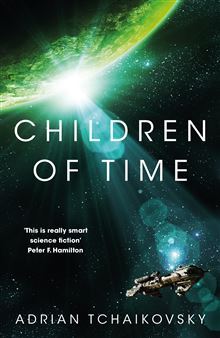 Here are some excerpts from the final argument of the Charlie Hebdo lawyer, Richard Malka (as I presume that publishing the integral plaidoirie would be a breach of copyright):
Here are some excerpts from the final argument of the Charlie Hebdo lawyer, Richard Malka (as I presume that publishing the integral plaidoirie would be a breach of copyright):
Le sens de ce procès c’est évidemment, et d’abord, de juger ces accusés. C’est de démontrer que le droit prime la force. Tout cela est déjà énorme, et dans n’importe quel procès ce serait suffisant. Mais pas là. Pas au regard des crimes commis. Les attentats de l’Hyper Cacher et de Charlie ne sont pas que des crimes. Ils ont une portée politique, philosophique, métaphysique. Ils convergent vers la même idée, ils ont le même but. Quand Coulibaly tue des juifs, il ne tue pas que des juifs, il tue l’autre. Charlie Hebdo aussi, c’est l’autre. Le sens de ces crimes, c’est l’annihilation de l’autre, de la différence. Si l’on ne répond pas à cela, on se sera arrêté en chemin.
Je ne plaide pas pour l’Histoire. Je n’en ai rien à faire, de l’Histoire. Je veux plaider pour aujourd’hui, pas pour demain. Pour les hommes d’ici et maintenant, pas pour les historiens du futur. Le futur, c’est comme le ciel, c’est virtuel. C’est à nous, et à nous seuls, qu’il revient de s’engager, de réfléchir, et parfois de prendre des risques pour rester libres d’être ce que nous voulons. C’est à nous, et à personne d’autre, de trouver les mots, de les prononcer pour recouvrir le son des couteaux sous nos gorges. A nous de rire, de dessiner, de jouir de nos libertés, face à des fanatiques qui voudront nous imposer leur monde de névroses et de frustrations. C’est à nous de nous battre pour rester libres. C’est ça qui se joue aujourd’hui.
Alors vous voyez, on n’a pas le choix. Renoncer à la libre critique des religions, renoncer aux caricatures de Mahomet, ce serait renoncer à notre histoire, à l’Encyclopédie, aux grandes lois de la République. Renoncer à enseigner que l’homme descend du singe et pas d’un songe. Renoncer à l’égalité pour les femmes, qui ne sont pas la moitié des hommes, à l’égalité pour les homosexuels, alors que, bizarrement, dans 72 pays au monde, les mêmes ou à peu près que ceux qui ont encore une législation contre le blasphème, l’homosexualité est encore une abomination.



